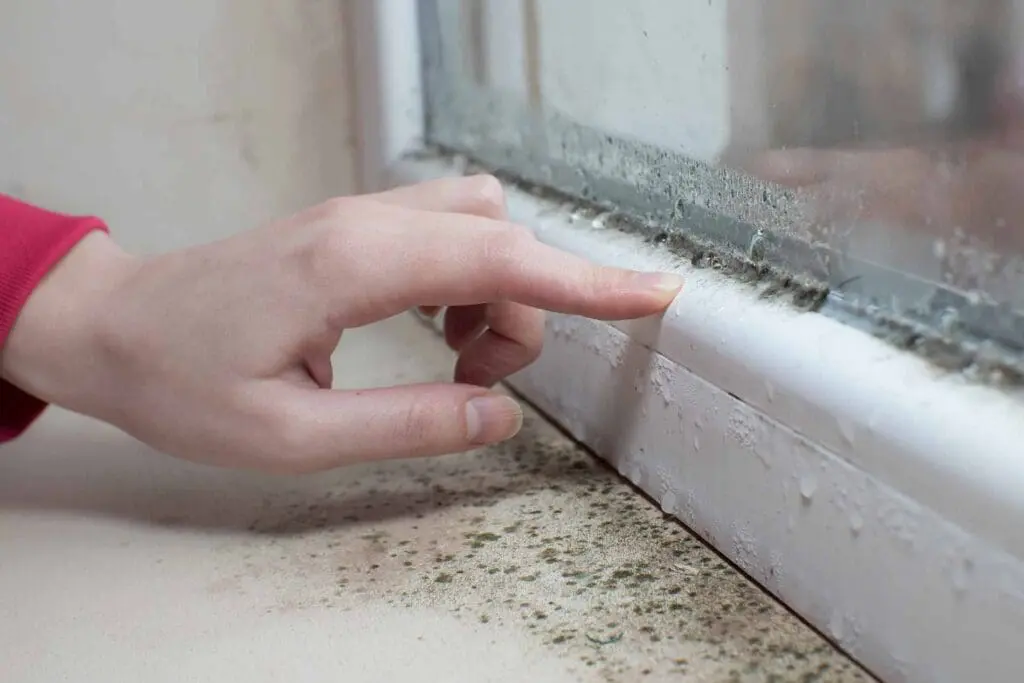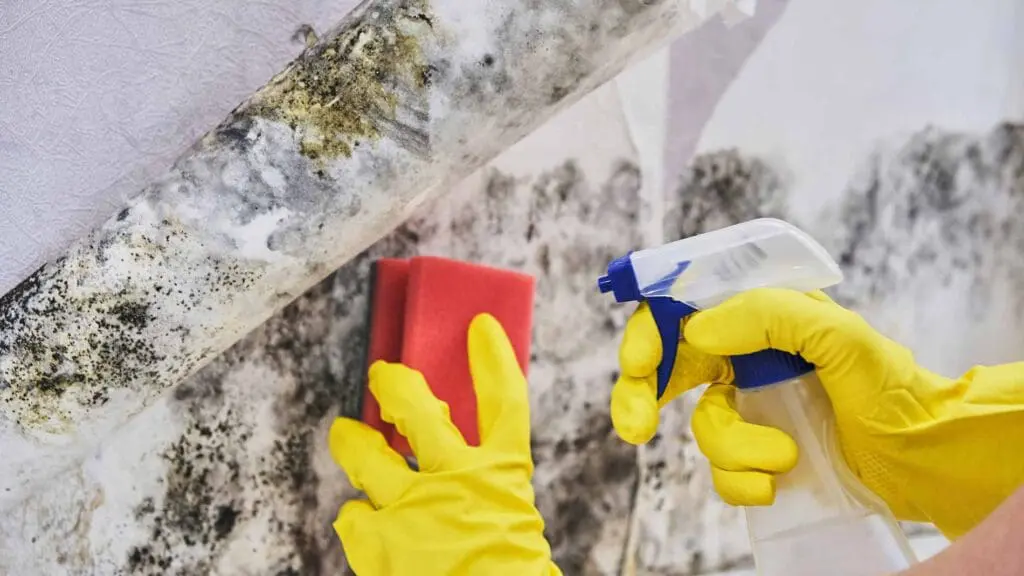Black mould growing around windows or corners
Black mould thrives in damp, poorly ventilated spaces. It typically appears around windows, corners, or other moisture-prone areas and can pose serious health risks, including allergies and respiratory problems.


